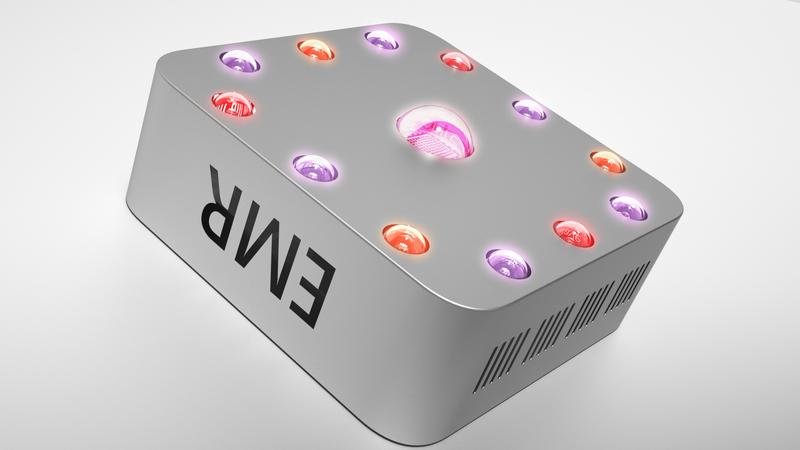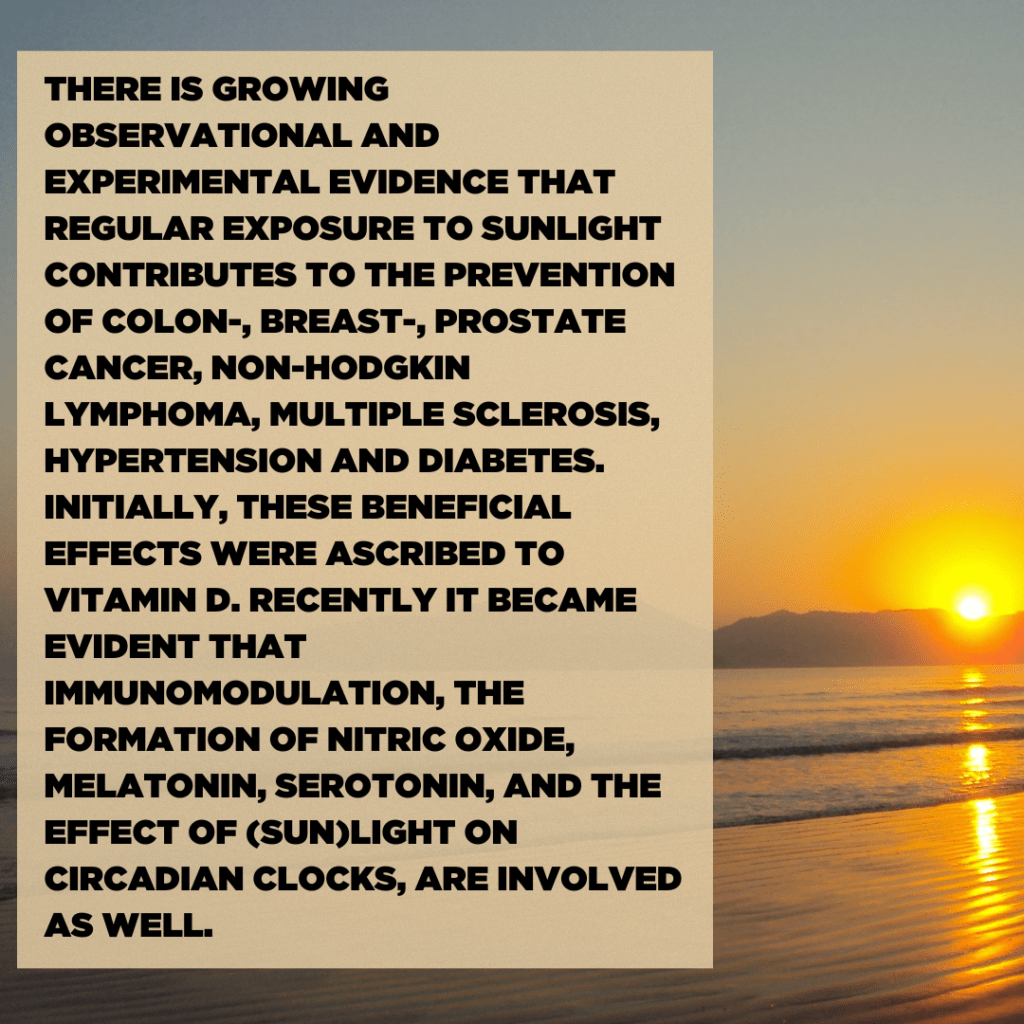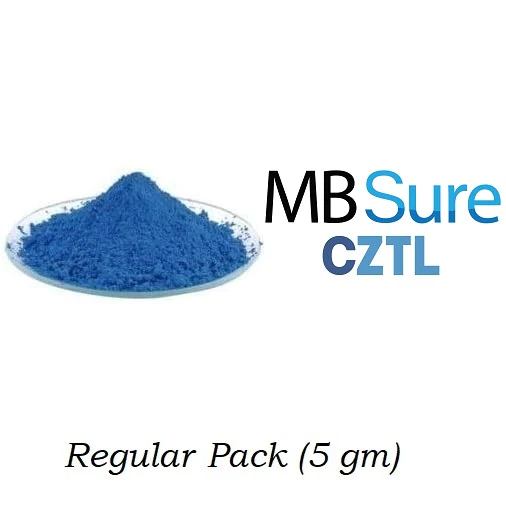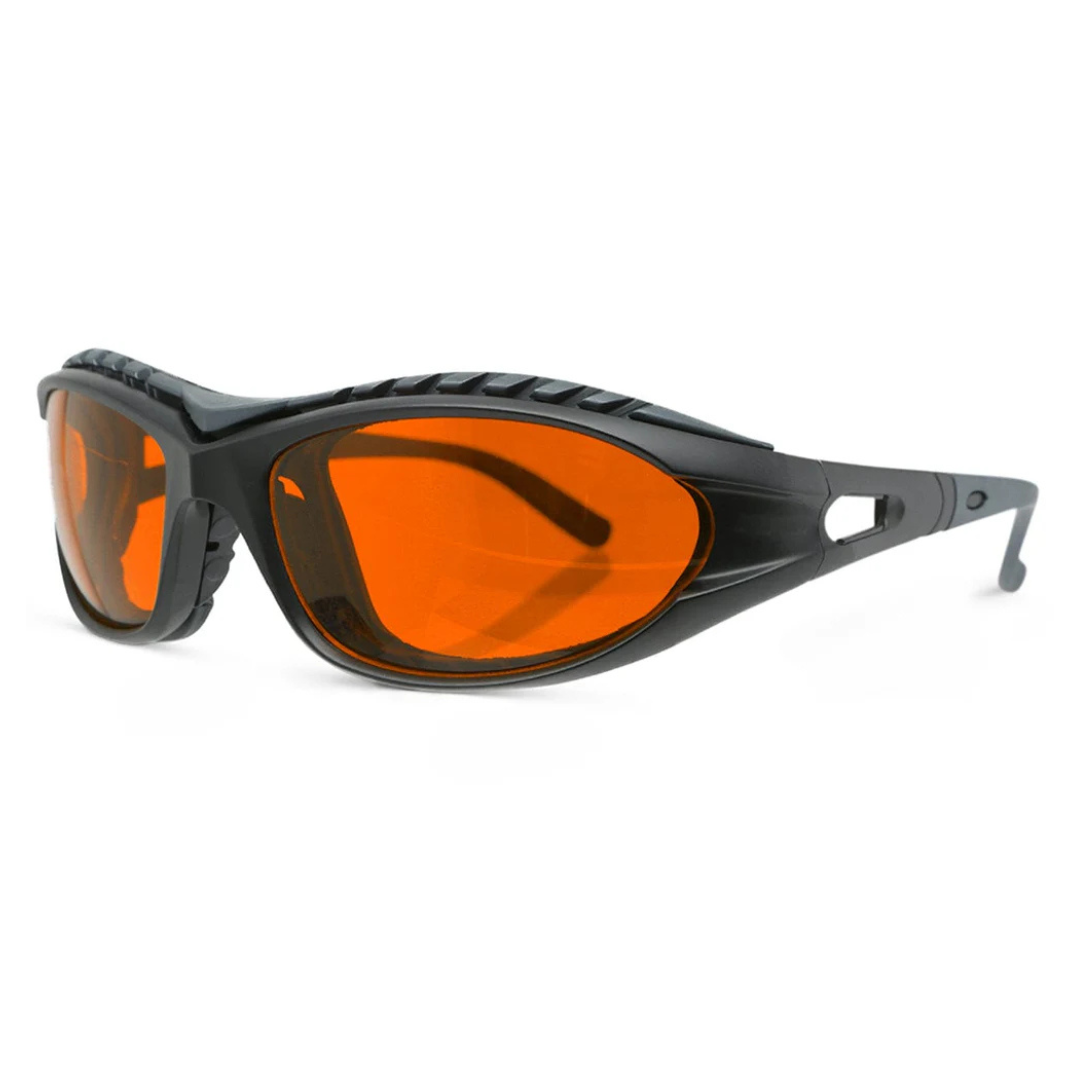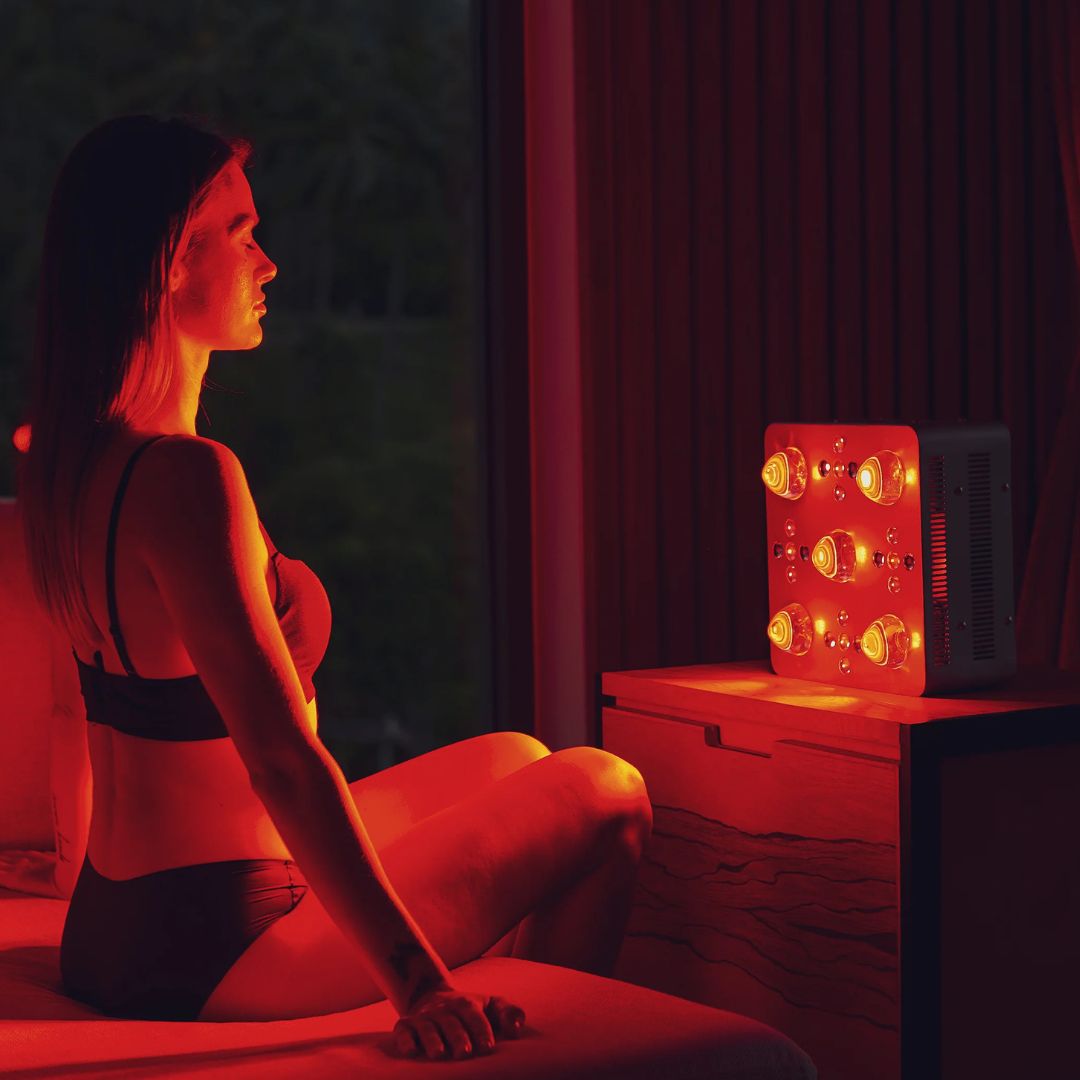Welcome to my blog “Red & Near-Infrared Light Therapy”.
You might also like to read:
Light And Human Health
These are the five types of bioactive light in humans:
- Blue light—sets the circadian rhythm in our brain, which in turn regulates numerous different neurotransmitters and hormones.
- UV light—allows us to synthesise vitamin D from the sun.
- Far-infrared—acts to heat up our cells (this is the part of the sun’s spectrum that you feel as heat) which stimulates changes in cell function, as well as circulation changes.
- Red light—acts on the mitochondria in our cells to stimulate increased cellular energy (ATP) production.
- Near-infrared (NIR)—acts on the same pathways as red light—particularly in the mitochondria in our cells to stimulate increased cellular energy (ATP) production.
It turns out that light is in fact an essential nutrient for humans and our health depends on getting the right dose of these five types of light.

J Am Acad Dermatol. 2021
What Is Red Light Therapy?
Ari Whitten, author of ‘The Ultimate Guide To Red Light Therapy: How to Use Red and Near-Infrared Light Therapy for Anti-Aging, Fat Loss, Muscle Gain, Performance, and Brain Optimization‘ explains it like this:
“Red and near-infrared light are part of the electromagnetic spectrum, and more specifically, part of the spectrum of light emitted by the sun (and fire light). These wavelengths of light are “bioactive” in humans. That means that these types of light literally affect the function of our cells.”
Specifically, most research showing benefits of red and near-infrared light have used wavelengths in the narrow ranges of 630-680nm and 800-880nm. This is important when considering purchasing a red light therapy device.
“Just as the modern world of processed food leads to chronic malnutrition, our modern light environment (of too much of the wrong kinds of light and too little of the right kinds, and with poor timing) is called mal-illumination. The vast majority of people living in the modern world are suffering from chronic mal-illumination and don’t even realize it. And it has widespread effects on our brain and organ function, immune system, energy levels, mood, neurotransmitter balance, and hormone levels.” Ari Whitten
What Are The Benefits Of Red Light Therapy?
The benefits of Red & Near-Infrared Light Therapy range from increased energy to improved microbiome diversity. Look at this list of evidenced based benefits:
- Increase your energy
- Combat ageing.
- Make your skin healthier.
- Reduce wrinkles
- Help get rid of cellulite.
- Speed up fat loss.
- Improve muscle recovery and athletic performance.
- Improve mood and cognitive function.
- Speed healing from injury.
- Improve metabolism.
- Improve hormonal health.
- Improve microbiome diversity, increase keystone species like Akkermansia, and (I’d argue) support the integrity of the gut lining.
Red and near-infrared light have already been proven in over 3,000 scientific studies to do all that and more!
Red and near-infrared light therapy devices have been FDA-approved for several purposes so far, including anti-aging, hair-loss reversal, acne treatment, pain relief, slow to heal wounds, fat loss, among other purposes.
How Does Red & Near Infrared Light Therapy Work?
There are literally dozens of known mechanisms by which red & near-infrared light therapy works. These include:
- Nitric oxide release.
- Mitochondrial function.
- Reactive oxygen species and immune function.
- Anti-inflammatory benefits via mechanisms such as cyclic-AMP.
- Heat shock proteins associated with wound repair and inflammation.
- Brain derived neurotrophic factor associated with brain health.
Ari Whitten states that there are two key mechanisms:
- Stimulating ATP production in the mitochondria through interacting with a photoreceptor called cytochrome c oxidase.
- Creating a temporary, low-dose metabolic stress (known as hormesis, which is also a primary mechanism of why exercise works) that ultimately builds up the anti-inflammatory, anti-oxidant and cell defence systems of the cell.
How Do I Use A Red & Near-Infrared Light Therapy Lamp?
It’s actually more complicated than you might think (although still simple). I highly recommend reading Ari Whitten’s book, mentioned above, as he details specific uses for specific conditions. Now bear in mind this is based on the specific products that he recommends. To give one example:
Red & Near-Infrared Light Therapy For Chronic Fatigue Syndrome
This is Aris’ recommendation:
- First, take of all your clothes and shine it diffusely on your entire body for 30-60 seconds (from 24-36 inches away), back and front from head to toe, to wake up every cell in your body.
- 1-2 minutes shining it on the neck and thyroid gland area and thymus area in the center of the chest, from roughly 6-12” away. I have written about the research that demonstrates how this can be beneficial for thyroid function (the studies were done in people with Hashimoto’s hypothyroidism).Ari also speculates that shining the light on the thymus may potentially support immune function also – something that may be very helpful for those with chronic fatigue.
- 1-2 minutes on your sex organs (from 6-12” away) if possible, as this will increase the health of those tissues and promote optimal hormonal function.
- 1-2 minutes on your belly (from 6-12” away) to get systemic effects through getting the red/NIR light in the entire blood of your body. (Remember, some research has shown systemic effects, likely from irradiating the blood and affecting blood cells, inflammatory cytokines, and immune cells.)
- 1-3 minutes on your forehead/brain (from 6-12” away)
- Another 1-3 minutes on the base of the neck and spine area to decrease brain inflammation and support mitochondrial health in the brain.
References
- Visible Light Part I. Properties and Cutaneous Effects of Visible Light (click here)
- Light-induced nitric oxide release in the skin beyond UVA and blue light: Red & near-infrared wavelengths (click here)
- Transcranial, Red/Near-Infrared Light-Emitting Diode Therapy to Improve Cognition in Chronic Traumatic Brain Injury (click here)
- Photobiomodulation in human muscle tissue: an advantage in sports performance? (click here)
Alex is a certified Functional Medicine Practitioner (IFMCP) and has a MSc in Personalised Nutrition. He is also a breathwork facilitator with a background in personal training and massage therapy. He also runs The Resiliency Program - a 24 week program aimed at building physical, mental, emotional, and spiritual resilience.

